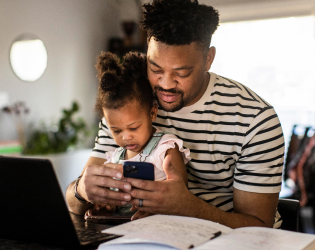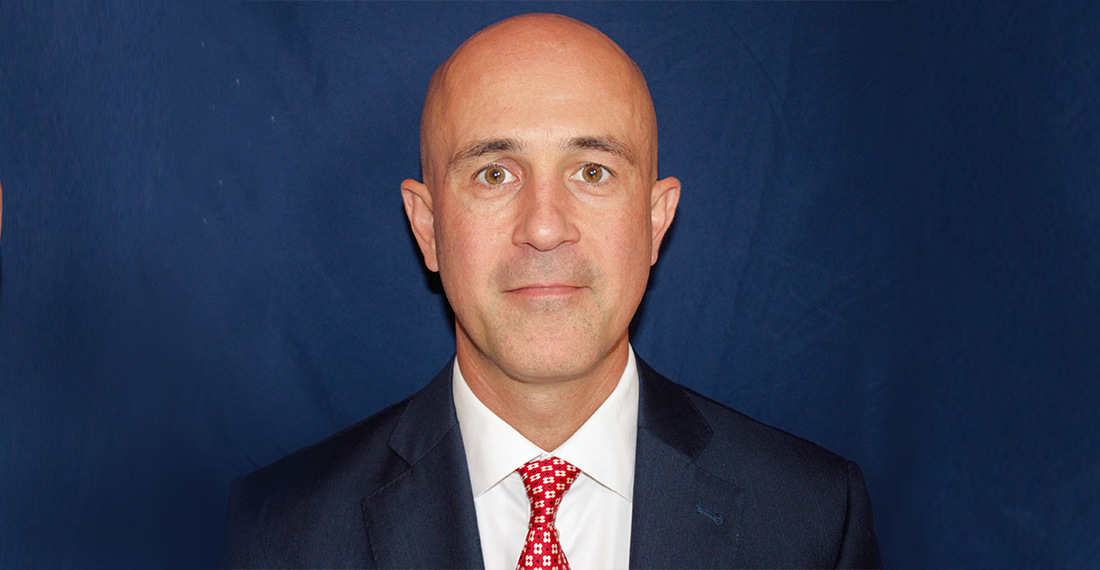Erik Vatter | President, Bank of America Sarasota/Manatee

Sarasota/Manatee is your home. It’s ours, too.
We are committed to helping our communities thrive - dedicating our resources to address the issues that matter most in each community where we live and work.

Turning financial knowledge into action
Life doesn’t stop for you, but Bank of America does. We’re not just here to help with your everyday banking. We’re here to help you go further by providing banking solutions, powerful tools and financial education resources like Better Money Habits®.

official partner
Proud supporter of every goal
Teaming up to support achievements in the game of soccer, and across our community
Learn More
business resources spotlight
Move your business forward at our Center
for Business Empowerment
Whether you're starting a new business or running an established one, you'll find tools to tackle new challenges, lending insights to ignite momentum and guidance to match your ambition.
Explore now
Let’s build something together
In Sarasota/Manatee, the bank’s work is connecting individuals, families, and businesses to resources that make their financial lives better. Whether it’s supporting local non-profit organizations that help make an impact or lending to small businesses that are critical to our economy, we are committed to keeping our community healthy, strong and connected. One way we are supporting individuals and businesses in our community is by investing in education and workforce programs that prepare people with job skills necessary to succeed long term. We are also committed to sustaining economic mobility through support of affordable housing and financial education. By partnering with local leaders like Boys & Girls Clubs of America, CareerEdge and Habitat for Humanity, we are strengthening our collective impact to drive economic mobility for everyone in Sarasota/Manatee.

At Bank of America, we believe in the power of the arts to help economies thrive, educate and enrich societies, and create greater cultural understanding. That’s why we’re helping the arts flourish in communities across the globe.
Explore our commitmentFind a location
Wherever you are with your financial goals, we're right here to help. Our local experts are ready with personalized advice and guidance at locations around your city. Find a location and make an appointment to talk to us today.


We make customers our first priority.
For three years in a row, J.D. Power has certified Bank of America for Outstanding Customer Satisfaction with Financial Health Support - Banking & Payments. ***
Going above & beyond for our teammates
We're #1 in our industry and #1 for workers on the JUST Capital's 2024 Rankings of America's Most JUST Companies. **

** For the annual Rankings, JUST Capital collects and analyzes corporate data to evaluate the 1,000 largest public U.S. companies across 20 issues identified through comprehensive, ongoing public opinion research on Americans' attitudes toward responsible corporate behavior. In determining the top 10 companies for workers, JUST Capital used its Workers Leaders Index which tracks the top 20% of companies in its annual Rankings that perform the best across the five worker related issues evaluated. https://justcapital.com
*** J.D. Power 2024 Financial Health Support CertificationSM is based on exceeding customer experience benchmarks using client surveys and a best practices verification. For more information, visit www.jdpower.com/awards
